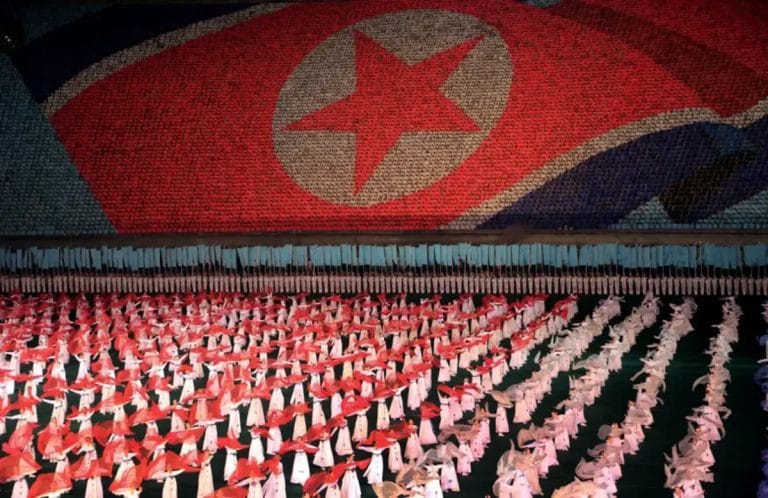🎧 Listen to This Article
Homework is a source of stress for children and parents worldwide. In North Korea, however, school tasks can be much more strenuous and far less educational. In addition to being mobilized for tasks like garbage hauling and farm work, children are often told to bring in large quantities of specific items, such as scrap metal, manure for fertilizer, or rabbit pelts. Other times, teachers require parents to contribute cash for supplies like firewood or computers. However, these “social tasks” (과제,kwaje) are part of a larger exploitative and opaque system of taxation referred to as “non-tax burdens” that will follow North Korean children into adulthood.
Understanding how this invisible taxation burden arose, how it has changed under Kim Jong Un, and the toll it takes on citizens is essential to grasping the relationship between the regime and its subjects. An analysis of defector testimony, small-scale reporting, and comparisons from China reveals the non-tax burden system as a parasitic structure driven by the regime’s command economy that places the weight of state failures on ordinary citizens. Kim Jong Un has acknowledged its unpopularity, but until North Korea addresses core economic weaknesses, non-tax burdens are here to stay.
The Basics
The phrase “non-tax burdens” (sewoe budam) refers to irregular or semi-regular mandatory contributions citizens must make to local authorities. These can be goods, labor, or cash. Though universal, they remain unofficial, as North Korea abolished formal taxation in 1974.
Non-tax burdens are closely tied to North Korea’s organizational life and are typically administered through neighborhood units (inminban), schools, and workplaces. Often levied per household, families may be required to deliver quotas like 100 kilograms of scrap metal or pay cash equivalents; failure to comply results in public shaming and ideological condemnation.
Origins and Evolution
Non-tax revenue has appeared in other socialist or post-socialist states like China and Russia. In North Korea, these burdens’ goods- and labor-based nature stem from its state-owned economy. With salaries from SOEs too low to support cash-based taxation, the regime extracts physical contributions instead. The rise of informal markets (jangmadang) in the 1990s and 2000s gave the state more access to goods and currency, increasing these quasi-tax expectations.
Under Kim Jong Un
In recent years, non-tax burdens have expanded, driven by sanctions, expensive construction and military initiatives, and economic decentralization. Local authorities execute central mandates without financial support, pushing them to extract more from residents. For example, rural housing projects require residents to contribute fuel to meet construction demands. Similarly, while nominally self-sufficient, SOEs often impose household fees to meet unrealistic production goals.
Comparison to China
China’s 1980s transition involved similar decentralization, where local governments relied on off-the-books levies due to limits on formal taxation. Scholars like Changdong Zhang argue authoritarian regimes prefer opaque, indirect taxation to avoid citizen demands for accountability, while others suggest residents may instead push for increased welfare provision in return.
The Human Cost
These burdens have damaging effects: children are pulled from school to avoid fees, families face overlapping demands through various organizations, and women bear the brunt, often supporting entire households alone. This has led to severe emotional strain and, in extreme cases, suicide.
Conclusion
Despite acknowledging the problem, the regime has taken little concrete action to reduce non-tax burdens. Lessons from China and other developing states suggest real reform is unlikely without solving North Korea’s structural revenue gaps. Transparent taxation risks empowering citizens, a step the regime seems unwilling to take. Until then, non-tax burdens will remain an instrument of revenue and repression.
For further details, clarification, contributions, or any concerns regarding this article, please get in touch with us at editorial@tax.news. We value your feedback and are committed to providing accurate and timely information. Please note that our privacy policy will handle all inquiries.



